CS131, Homewrok0, Basics
Homework 0
在这个作业中,我们将使用python进行基本的线性代数和图像处理,这些是这门课程的必备技能。
1 | #Imports the print function from newer versions of python |
The autoreload extension is already loaded. To reload it, use:
%reload_ext autoreload
Question 1: Linear Algebra Review
Please implement all the required methods in linalg.py.
任务:实现 linalg.py 中的方法
Question 1.1 (5 points)
Define the following using numpy:
$$
M = \begin{bmatrix}
1 & 2 & 3 \\
4 & 5 & 6 \\
7 & 8 & 9 \\
10 & 11 & 12 \end{bmatrix}
$$
$$
a = \begin{bmatrix}
1 & 1 & 0
\end{bmatrix}
$$
$$
b = \begin{bmatrix}
-1 \\ 2 \\ 5
\end{bmatrix}
$$
1 | ### YOUR CODE HERE |
M =
[[ 1 2 3]
[ 4 5 6]
[ 7 8 9]
[10 11 12]]
a = [1 1 0]
b = [[-1]
[ 2]
[ 5]]
Question 1.2 (5 points)
Implement the dot_product method in linalg.py and check that it returns the correct answer for $a^Tb$.
点乘/内积
numpy函数:np.dot
1 | aDotB = dot_product(a, b) |
[1]
Question 1.3 (5 points)
Implement the matrix_mult method in linalg.py and use it to compute $(a^T b)Ma$
矩阵乘法
numpy函数:np.matmul(
1 | ans = matrix_mult(M, a, b) |
[ 3 9 15 21]
Question 4 (10 points)
Implement the get_singular_values method. In this method, perform singular value decomposition on the input matrix and return the largest n singular values (n specified in the method calls below).
使用SVD方法进行奇异值分解
numpy函数:np.linalg.svd
1 | print(get_singular_values(M, 1)) |
[ 25.46240744]
[ 25.46240744 1.29066168]
Question 1.5 (10 points)
Implement the get_eigen_values_and_vectors method. In this method, perform eigen value decomposition on the following matrix and return the largest n eigen values and corresponding eigen vectors (n specified in the method calls below).
特征分解,计算特征值和特征向量
numpy函数:np.linalg.eig
$$
M = \begin{bmatrix}
1 & 2 & 3 \\
4 & 5 & 6 \\
7 & 8 & 9 \end{bmatrix}
$$
1 | M = np.matrix([[1,2,3],[4,5,6],[7,8,9]]) |
Values =
[ 16.11684397]
Vectors =
[[-0.23197069 -0.78583024 0.40824829]]
Values =
[ 16.11684397 -1.11684397]
Vectors =
[[-0.23197069 -0.78583024 0.40824829]
[-0.52532209 -0.08675134 -0.81649658]]
Part 2: Image Manipulation
1 | image1_path = './image1.jpg' |
Question 2.1 (5 points)
Implement the load method in imageManip.py and read the display method below. We will use these two methods through the rest of the notebook to visualize our work.
加载图像
skimage函数:io.imread
1 | def display(img): |
1 | image1 = load(image1_path) |


Question 2.2 (10 points)
Implement the change_value method by converting images according to $x_n = 0.5*x_p^2$ for every pixel, where $x_n$ is the new value and $x_p$ is the original value.
利用np.multiply函数直接对图像矩阵做乘法
1 | new_image = change_value(image1) |
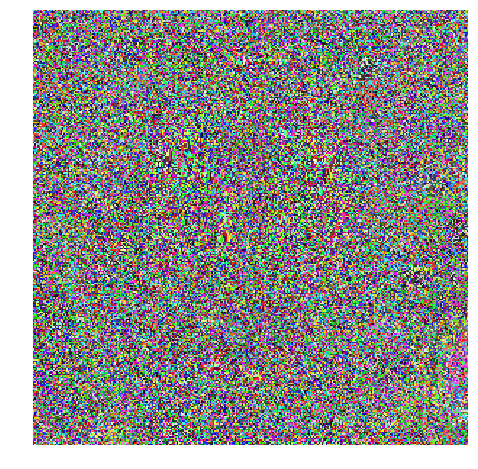
Question 2.3 (10 points)
Implement the convert_to_grey_scale method and convert the image into grey scale.
调用color.rgb2gray()
1 | grey_image = convert_to_grey_scale(image1) |
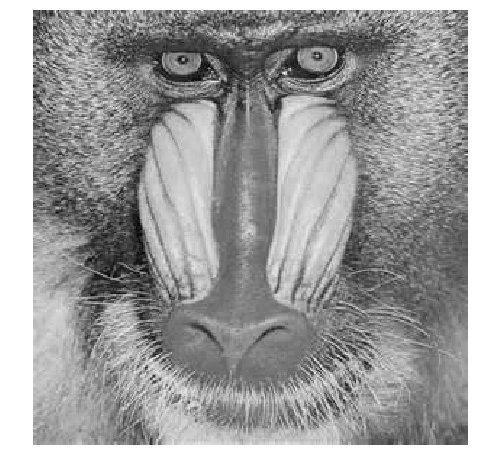
Question 2.4 (10 points)
Implement the rgb_decomposition, in which the input image is decomposed into the three channels: R, G and B and return the image excluding the specified channel.
RGB分解,在scikitimage中,R,G,B分别对应numpy的0,1,2三个通道。
除去RGB某个通道,即指定哪个通道则让该通道的值为零。
此处注意图像的深拷贝与浅拷贝,如直接对image1进行操作,每次都作用在image1上,三次操作之后,image1为(0,0,0)
1 | without_red = rgb_decomposition(image1, 'R') |
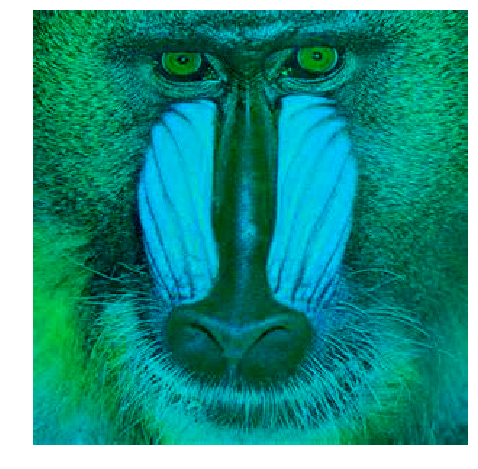
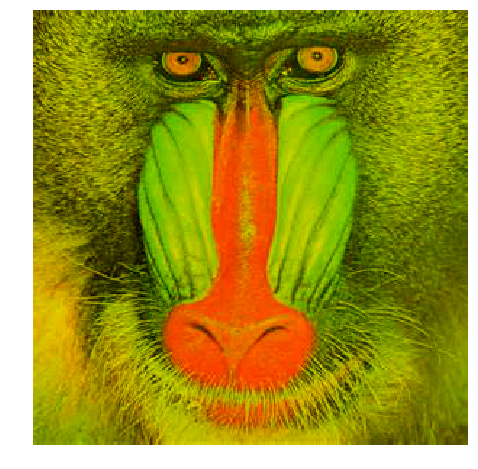
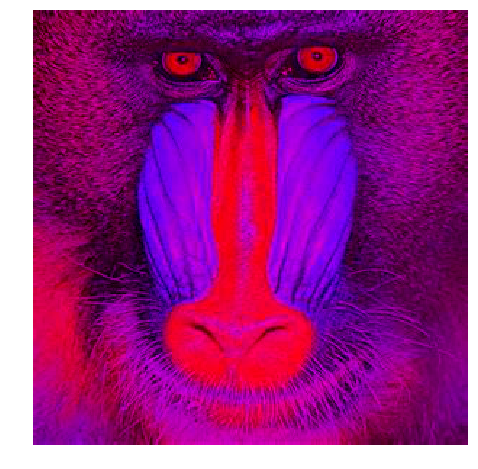
Question 2.5 (10 points)
Implement the lab_decomposition, in which the input image is decomposed into the three channels: L, A and B and return the values for the specified channel.
LAB分解,在scikitimage中,L,A,B分别对应numpy的0,1,2三个通道
color.rgb2lab将图像进行RGB->LAB空间。
然后选取某通道
1 | image_l = lab_decomposition(image1, 'L') |

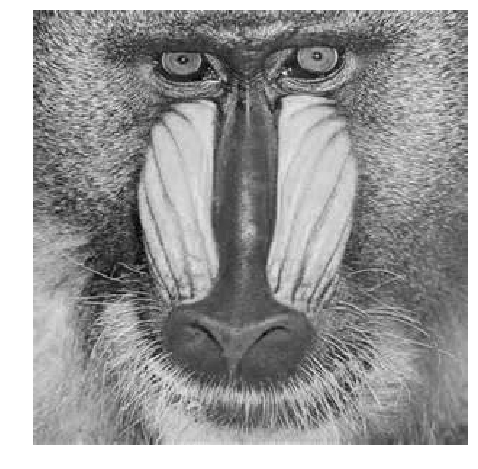
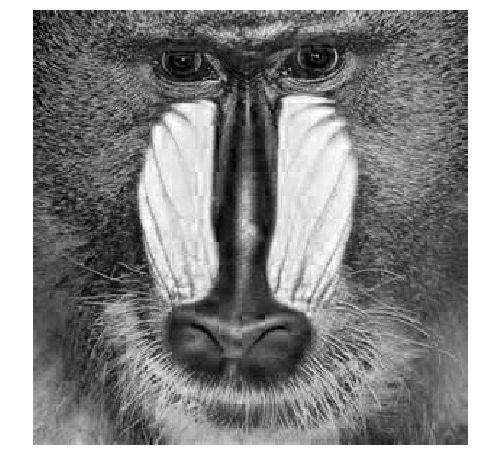
Question 2.6 (10 points)
Implement the hsv_decomposition, in which the input image is decomposed into the three channels: H, S and V and return the values for the specified channel.
HSV分解,在scikitimage中,H,S,V分别对应numpy的0,1,2三个通道
调用color.rgb2hsv进行RGB->HSV转换
然后选取某通道
1 | image_h = hsv_decomposition(image1, 'H') |
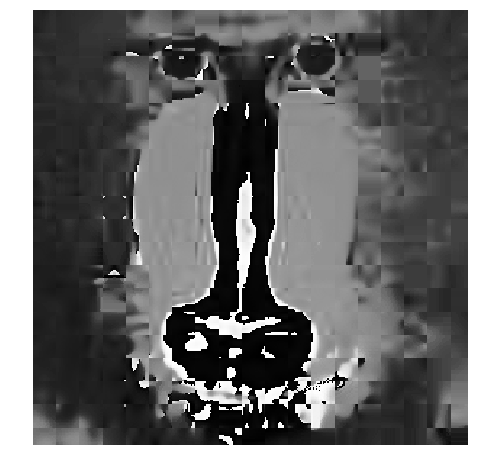
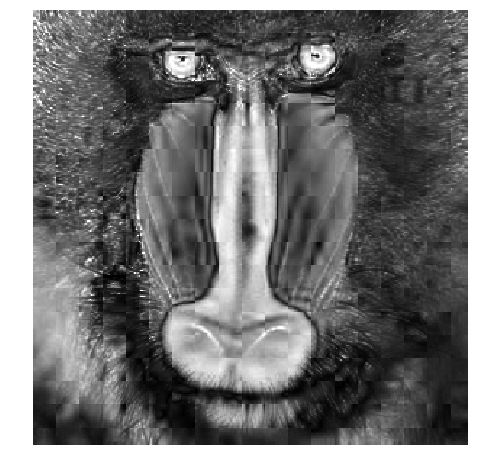
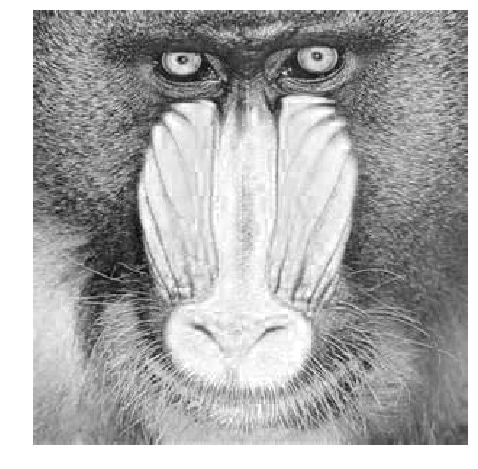
Question 2.7 (10 points)
In mix_images method, create a new image such that the left half of the image is the left half of image1 and the
right half of the image is the right half of image2. If the channels are specified, exclude the specified channel for the given image.
numpy函数np.concatenate进行矩阵的拼接。
1 | image_mixed = mix_images(image1, image2, channel1='R', channel2='G') |
